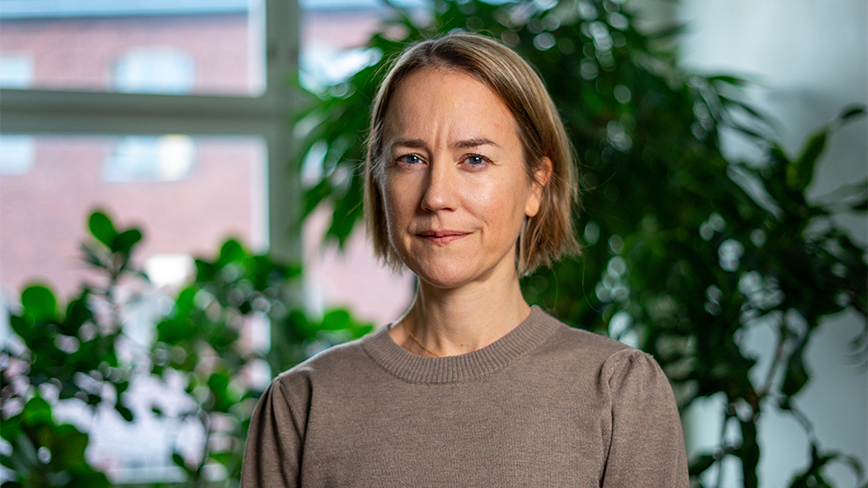New project aims to make the extraction of battery metals more sustainable

A research project at KTH will make the extraction of nickel, cobalt and manganese for battery production more sustainable by investigating new crystallisation methods.
“It is very important to be able to obtain crystals of high quality, in terms of purity, shape and size so that they can meet the high requirements for the production of batteries. At the same time, the processes must of course be cost-effective and sustainable, which is an interesting challenge," says Professor Kerstin Forsberg.
The group that Kerstin Forsberg leads is part of the larger European collaborative project CICERO , which focuses on developing sustainable and cost-effective processes to extract nickel, cobalt and manganese for the production of Li-ion batteries from European raw materials.
Two new methods
“At KTH, we will investigate crystallisation of Ni, Co and Mn salts from methanesulfonic acid (MSA) with two new methods based on eutectic freeze crystallisation and constriction crystallisation. The work will involve one doctoral student and one postdoc.”
Other groups within CICERO are working on leaching nickel, cobalt and manganese from the raw materials and several other steps to separate the metals from the other elements in the raw materials and concentrate them. Crystallisation comes at the end of this process.
Kerstin Forsberg and her colleagues' goal is to develop the new crystallisation techniques, which have not been studied for these systems before, and understand how to obtain very high purity crystals that can be used in battery manufacturing.
What do you hope the research can lead to in the long run?
“New valuable knowledge both in terms of these new processes but also more basic knowledge and graduated students with more knowledge in battery production and recycling. This is very important because the labour market is looking for these skills,” says Kerstin Forsberg.
Text and photo: Jon Lindhe
